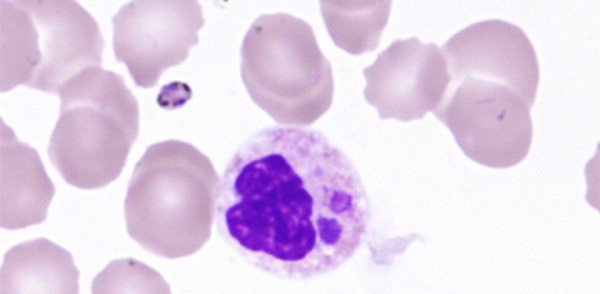Ehrlichiosis

Description
Ehrlichiosis is a tick-borne bacterial disease that causes flu-like symptoms in humans.
They appear within two weeks after a tick bite. If treated promptly with appropriate antibiotics, the patient’s condition improves after a few days.
Another tick-borne infection – anaplasmosis is closely related to the disease. But the two have characteristic features and are caused by different microorganisms.
What are the symptoms?
If a tick carrying the bacteria bites a person and feeds on their blood for at least 24 hours, flu-like signs and symptoms usually occur 5-14 days after the bite:
• Subfebrile temperature;
• Headache;
• Chills;
• Muscle aches;
• Nausea and vomiting;
• Diarrhea;
• Joint pain;
• Confusion;
• Rash;
• Cough;
Some infected with the bacteria from a tick bite may have such mild symptoms that they never seek medical attention, and their bodies manage to fight off the infection on their own.
But sometimes, the failure to treat a disease in which persistent clinical manifestations develop can be so serious as to require hospitalization.
When should we seek medical attention?
It usually takes about 14 days after a tick bite for any clinical signs of the disease to appear.
If you develop any symptoms within this period and have been the victim of a tick bite, see your GP.
If you develop any of the above clinical signs soon after being in an area known to have ticks, it is also imperative to seek medical attention.
Be sure to tell your doctor that you have recently been bitten by a tick or have been in an area known to have a large population of ticks.
What are the causes?
The bacterial disease is caused by the bacterium Ehrlichia chaffeensis, which is mainly carried by the Lone Star tick.
Ticks feed on the blood of their host by latching onto it, breaking the surface of its skin and sucking until it multiplies in size.
In the process of feeding, the insects transmit the bacteria to their healthy host.
To develop the disease, a person must be bitten by a tick infected with the bacteria. The infectious organisms then enter the skin and eventually invade the bloodstream.
But before it can transmit the bacteria, the tick must be attached to the skin and feeding for at least 24 hours.
If the blood-sucking insect appears bloated, it is believed to have been fed long enough for transmission of the bacteria to have occurred.
Removing ticks as soon as possible will prevent infection.
It is also possible for the disease to be transmitted through blood transfusion from the mother to the fetus and through direct contact with an infected slaughtered animal.
Ehrlichiosis treatment
If the doctor suspects the disease or another disease caused by a tick bite, you will most likely be prescribed doxycycline.
The antibiotic is usually given for 7-10 days and signs and symptoms of the disease should begin to subside within 2 days.
But if your disease is more severe, the antibiotic course will be longer.
Rifampicin is prescribed in pregnancy, as doxycycline is contraindicated in pregnancy.
Prevention
• Wear light-colored clothing as ticks are dark in color and you will easily spot them on light-colored clothing before they have even attached to the skin.
• Avoid wearing open-toed shoes, sandals or slippers, as blood-sucking insects inhabit grassy areas and can very easily attach themselves to exposed skin on the feet.



